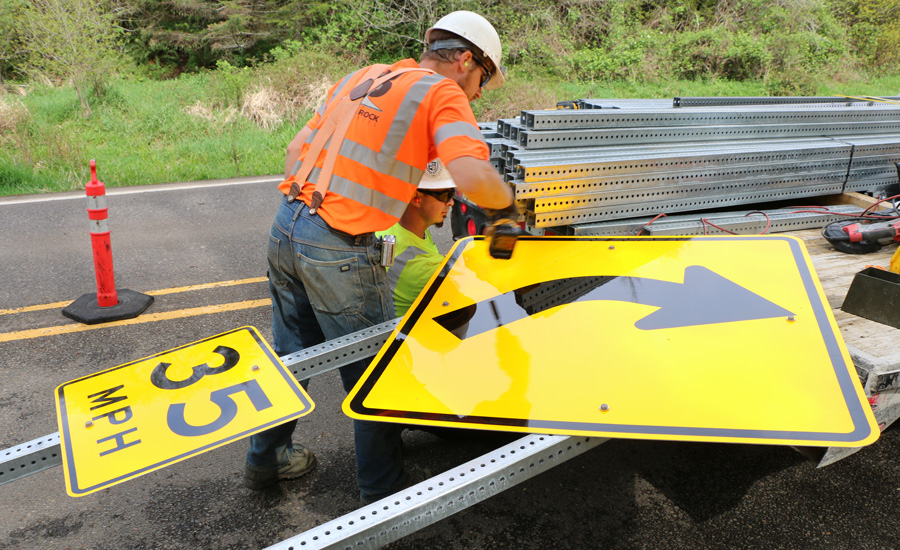Those ubiquitous yellow curve advisory speed signs pepper our highways, freeways and roadways. But often the speeds posted below the curving black arrow have old data behind them. A new federal requirement to improve safety and create consistency with the curve speed advisory signs across the country has that changing and the Oregon Dept. of Transportation has taken notice, planning to change up to 75 percent of all curve speed advisory signs in the next three to four years.
Updated federal procedures require the curve advisory speeds to show consistency across the nation, meaning an advisory speed of 40 mph in Oregon’s Willamette Valley should feel similar to a 40 mph curve in Washington, Idaho or even South Carolina. But before Oregon can go changing all its signs, it needs to understand that new technology has changed the way we drive curves and that improved road design and advanced pavements have created safer and smoother driving surfaces.
Current advisory speeds were set by investigators using the ball bank indicator method, involving driving curves multiple times to figure out how far to the right or left a ball suspended in liquid traveled in its arc. The variability inherent in this method and irregularities in road surfaces led to inconsistency and conservative advisory speeds, ODOT says. And that means drivers largely ignored the advisory speeds by tacking on 5 to 10 mph, at minimum.
Now ODOT uses GPS technology to allow an engineer to drive a curve fewer times and provide more consistent and reliable results, all with the updated road surfaces under the vehicle. Special software processes the data after each trip so engineers can set the correct advisory speed. ODOT expects that between 50 and 75 percent of all curve speed advisory sings will get a change, with most seeing an increase in the advisory speed of 5 to 10 mph. Some will increase even more.
ODOT crews and contractors have already started replacing or removing signs, an effort that will continue through 2019. All public roads in Oregon that see volumes of more than 1,000 vehicles a day are subject to the new federal requirements, meaning an evaluation of 8,000 miles of highways in both directions.
With the change, though, comes the need for drivers to understand that the new speeds have accuracy built in. “Before, advisory speeds were very conservative and inconsistent,” says Eric Learning, ODOT traffic devices engineer. “Now, these advisory speeds are going to be uniformly closer to the speeds drivers are comfortable traveling at through a curve. You won’t want to go faster than the advisory speed.”
Follow Tim Newcomb on Twitter at @tdnewcomb.

